|
I set aside perfectionism for a couple of days to make this video (complete with unrehearsed goofy drawings) to be shown on the Ecosystem Restoration Camps livestream last Saturday. It was partly inspired by morning meetings that author Carol Sanford hosted online for free for the last two weeks, based on her new book, The Regenerative Life. Carol's meetings were a deep dive full of exercises in which we explored ourselves, our energy drains, our aims, and the roles we might play in regenerating and caring for living systems, while using the uncertainty and destabilization we are experiencing right now.
Carol never teaches anything the same way twice, to ensure that she herself keeps developing. Inspired by her admonition to stop being so automatic about the way we approach projects, and instead to design things freshly for the moment, I decided that I would create something brand new for the event I was speaking at on Saturday. One of the interesting things about the process was that in making the cartoons I had to think about the essence of a couple of things I had never drawn before in order to convey them in just a few lines: what is the essence of a ventilator? What is the essence of a garbage/recycling truck? What is the "essence" of death/deadness of living things? I've never shared my drawings before, but realized that in this case, the drawings being sort of scrawled and imperfect and incomplete was a great way of showing an idea. I wanted viewers to experience an image of the fact that our human view of what's happening in the world, and our human ways of approaching problems are rushed and incomplete, created out of a sense of urgency. They are like cartoon stories we've made up about how things work, involving mechanical systems we have imposed on life itself. Whereas the actual natural world is far more colorful, complex, nuanced, alive, and ever-changing in the way it works and continually adapts and changes. Another reason I decided to use drawing, with all its imperfections, is that I think some of our own essence comes through in our drawings. So that was a way of me showing myself, somewhat nakedly, to the world. Two of the aims I found for myself during Carol's deep dive were "Tell Nested Stories, Using Images" and "Delight in Imperfection." It was interesting to watch my "Meta-Roles" (as Carol calls them in her book) at work, as the project unfolded. I intentionally put Educator in a side role, giving it a small job to keep it quiet (which is unusual) and instead invited two parts of me that have gotten short shrift over the last five years--Spirit Resource and Media Content Creator--to collaborate with my more familiar Entrepreneur/Paradigm Shifter and Earth Tender roles. The fact that I was able to take a risk and do it so quickly is directly an effect of the morning meetings, and was greatly helped by the fact that--due to the pandemic--both my adult sons have moved back home. They both are incredibly creative, and encouraged me to go for it. My son Alden sped up the screen captures of my drawings, and pieced it all together. Enjoy!
4 Comments
I love questions. Questions are like doorways that keep opening into other worlds. Our skill at asking questions peaks around age four or five and then is quickly hammered out of us by tired adults. We have to relearn the art of asking good questions, and that's one of the aims of my teaching.
The list of questions below is the list that the soil sponge course I've been teaching works to answer, through my own understanding, through the mentors I have studied with, and from the experiences of the incredible people who join the course.
I hope you'll join me as I continue to seek the myriad answers to this set of important questions. Flour vs. Bread Demo at Paicines Ranch, CA.Photo of Flour vs. Bread demonstration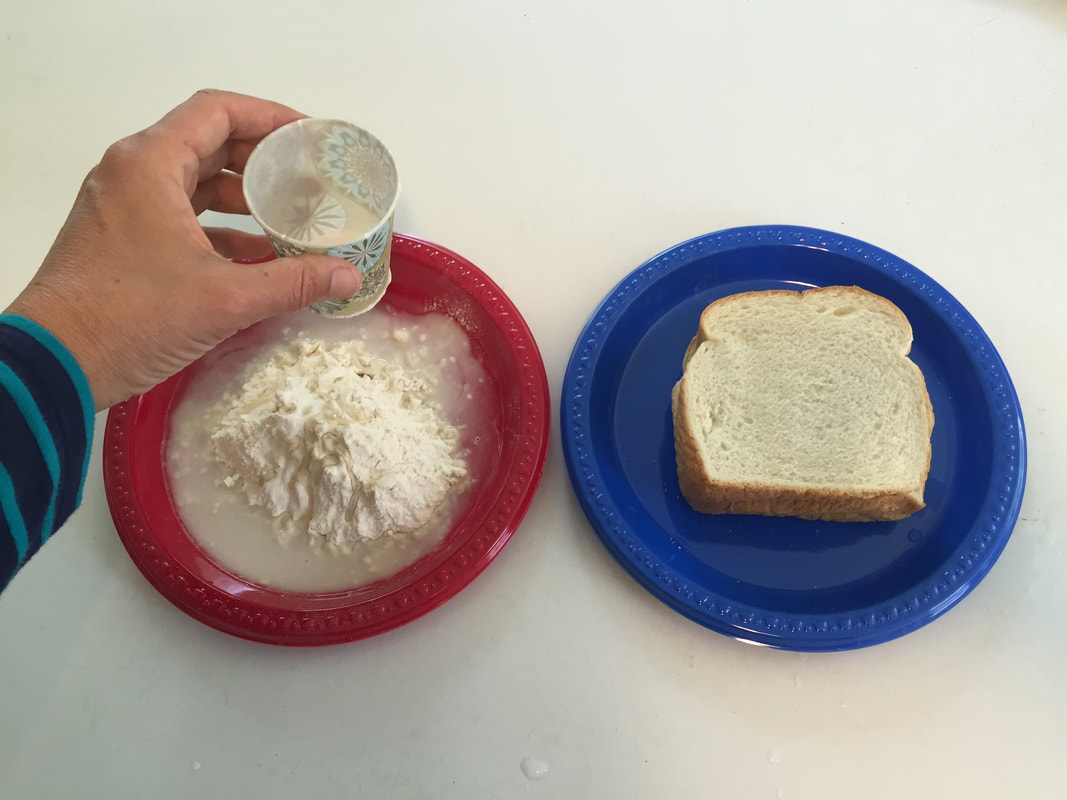
My student Emaline demonstrating Flour vs. BreadHere is a student of mine named Deepti offering the Flour vs. Bread demonstration in India I don't even know where to start with this post...so I'll just dive in... Yesterday I had the incredible honor of being one of five invited panelists at the United Nations for World Soil Day 2017. I didn't know I was invited till just a couple days before the event (because I was trying to be good and not be checking my email and phone while I was at the Bionutrient Food Association conference.) So I had to write a speech and make a slide presentation and finish cooking my turkey broth and pack up and go. Two nights of very little sleep. I didn't even have time to tell most of my friends or family where I was going. Up at 5:30, A wild ride on a tiny ancient 8-seater plane from West Lebanon New Hampshire, (my stepmother in law Grace Paley used to take those planes to NYC all the time, and I suspected my life was heading in that direction soon...) shuttle to Penn Station, ran into Macy's to use an eyebrow pencil at the makeup booth, use the bathroom and take off my wool socks and long underwear (oh those Vermonters...), struggled with various printers at Staples but finally printed out my speech, which I was still trying to shorten to 7 minutes, jumped in a cab, rushed through security (with my escort from the Thai embassy) with hair and teeth unbrushed (thank God for those fancy dress pants from Oodles, the $10 shirt from Walmart and the $3 jacket from Listen). I sat down and said some prayers, so that I could notice the sacredness of every person sitting at that beautiful round table and then.... I was happy and composed because I was right where I should be, speaking with passion about the subject I committed my life to four years ago-- to a group of people equally passionate about the world. My talk went over very well. The people I met were absolutely lovely. The whole thing was very humbling and moving. And before I knew it, it was over, and I was outside again with a different, amazing person from the embassy putting me in a cab so I could fly back and have dinner with Alden. Then...... I got an email that the flight was cancelled so I thought "Okay, I'll go back to the UN for the evening reception" (hosted by Syngenta.). I then realized I forgot to pick up my passport inside (they take them from you), and when I went back to the gate they wouldn't let me back in without an escort, so I was stuck outside, back in the real world. The only problem is that for me the real world is where people from all over the world sit around a big round table and speak kindly to each other about really important things.... So I spent a couple of hours wandering around in the dark, noisy, and rainy city trying to find a bathroom and a place to sleep. (thank God for packing my comfortable shoes. and welcoming text messages from friends in brooklyn and the bronx who were awfully far away and not coming home till late.) I was absolutely exhausted, and the heating grates where lots of other folks were sleeping were looking mighty comfy. I ended up sleeping on the floor of my old yoga school that saved my life when I was in my 20s... the quiet peaceful community that probably set me on the path to be calm enough and devoted enough to the world to be able to speak at the UN on two days notice. http://webtv.un.org/…/world-soil-day-2017-c…/5668939631001/… (I'm about 50 minutes in, and again near the end answering a very very moving question about corporate influences in agriculture from the Ambassador from Lesotho...) |
Didi Pershouse's
|
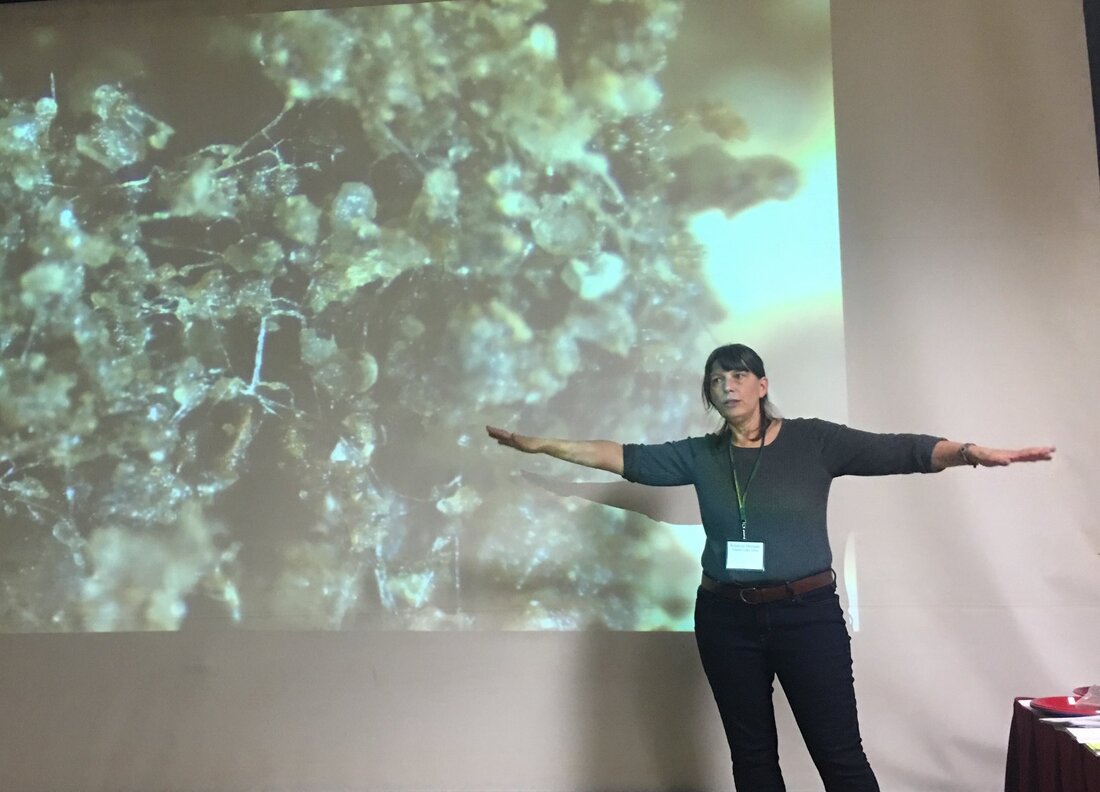
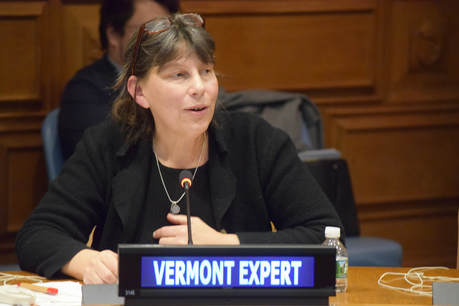
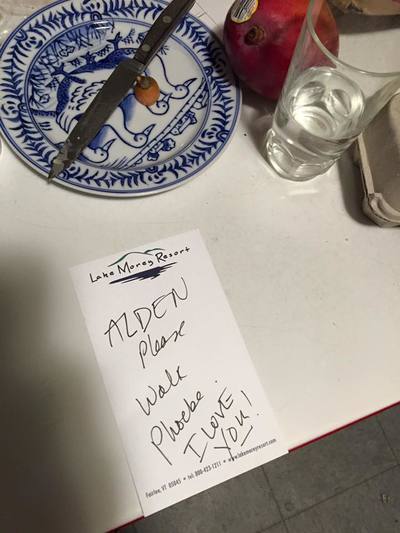
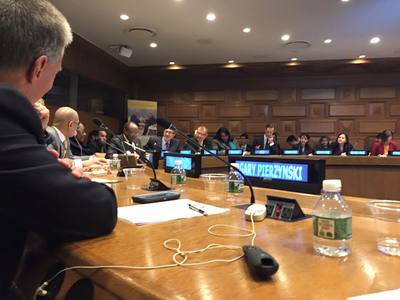
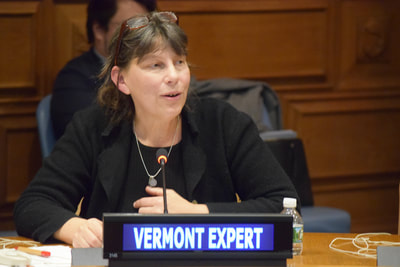
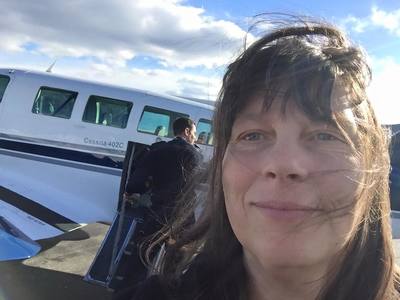
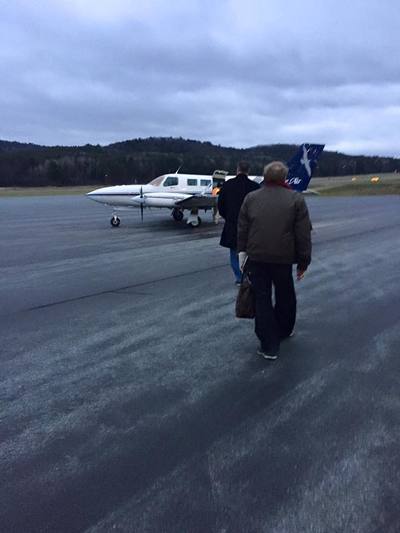
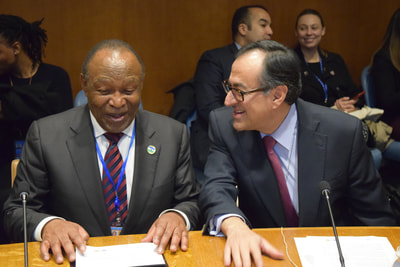
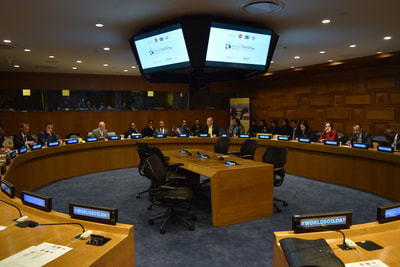
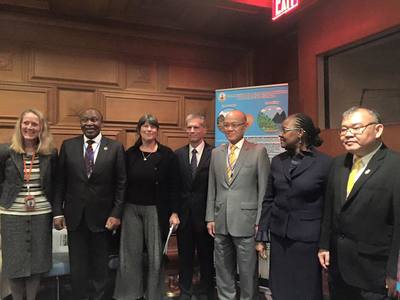
 RSS Feed
RSS Feed